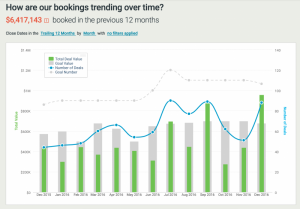If you’re looking to improve sales, start by asking why your prospects said no.
Most sales representatives are familiar with rejection. It’s in the job description, right? No matter how charming and persuasive you are on the phone, some people will still tell you they’re not interested. In fact, the average sales development representative makes 52 calls per day. To put it another way, it takes 18 dials to connect with a single buyer, and call-back rates are less than 1% (source: OpenView Labs).
When decision makers turns you down, your first instinct might be to hang up, then move on to the next call as soon as possible. Instead, stop to consider what their objections were, and whether you could have changed their minds.
Think about it this way: every prospect is an individual with different needs and interests. And yet, you can still search for patterns to improve sales.
Is your product “too expensive?” Do your prospects not see the need for it? If you haven’t identified your target market, you might be contacting the wrong people at the wrong company. And if you haven’t done research before reaching out, you might be addressing irrelevant pain points. The right strategy can help you resolve these issues.
Did you know?
- 42% of sales reps feel they do not have the right information before making a call
- Only 13% of customers believe a sales person can understand their needs
- 80% of prospects who eventually buy are originally marked as bad leads
Check out the infographic below for more information on how to improve sales & learn from rejection:
View the original infographic on the ZoomInfo blog.
Do you have any tips on how to improve sales & stop the rejection from your prospects? Let us know in the comments below.
(174)
Report Post








